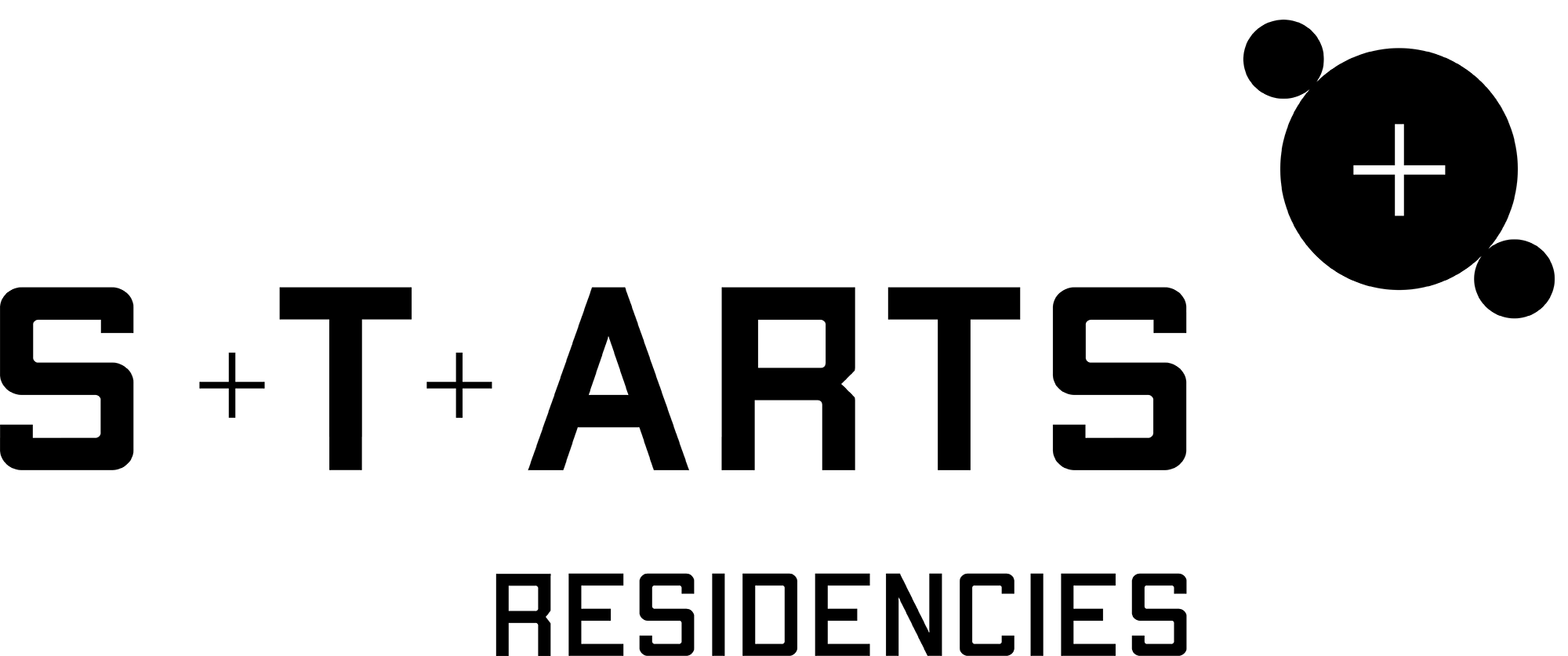Presentation of the residency Transhumain Expression by Liat Grayver
Can you introduce yourself?
I am a visual artist based in Berlin, my work has been focused on investigating methods to redefine one of the primitive forms of art— painting— within our current
Can you present your project “Transhuman Expression”?
The interdisciplinary working platform between computer scientists, educational system and the arts can provoke a large range of questions regarding the use of robotics in the creative process of painting: How does one incorporate the use of computers and machines in the very intuitive and gestural practice of making a painting? How would we decompose the act of making a mark
By using the facilities provided by the ICT Project at Casa Paganini, I would investigate human creativity through the interactive methods of computer-to-machine (simulated to real) and man-to-machine (artist working together with the machine) methodologies. The work created during the residency will be centred around topics such as “paradigms of creativity” under the subjects of “New Materialism/ Anthropocentrism/
What do you expect from this residency?
I would be interested in exploring visual behavioural and decision-making patterns by extracting them from the mathematical and geometrical learning concepts inherent to the serious game platform. By translating data from different sources into an abstract visual representation, we can track and follow patterns in the process of decision making— this could be rewarding for a child in her learning path, and at the same time, helpful for the teacher not to evaluate the work as “good” or “bad”, but rather to understand the structure of thoughts behind it. The painting will become the space to explore the world through the use of materials.
Furthermore, I hope that this process will open questions regarding teaching methodologies in schools today— tradition versus innovation and how the practice of teaching will look in the future.

Liat Grayver

